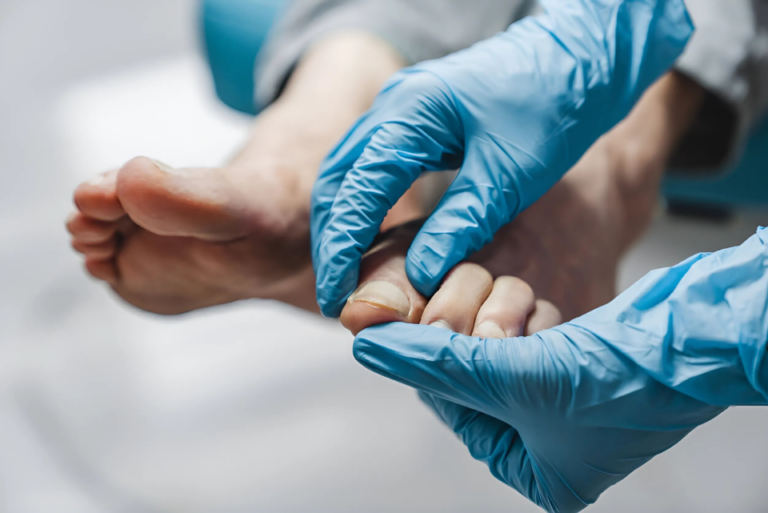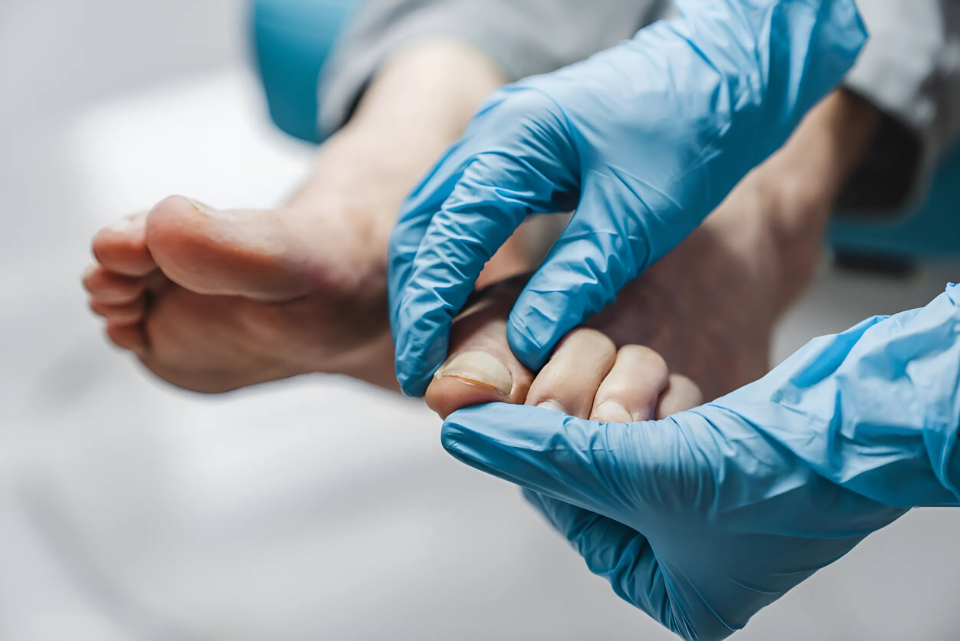Thank you for visiting our website. If you’re here, you’re likely wondering whether you may have a podiatry malpractice case—and if we can help you.
Below, we’ll walk you through what makes a strong podiatry malpractice case in New York, the types of claims we typically accept, and how we evaluate potential clients seeking justice for harm caused by negligent foot or ankle surgery.
1. Was the Foot Surgery Medically Necessary?
In many of the podiatry malpractice cases we review, a podiatrist has performed surgery—often for issues like bunions, hammertoes, or joint fusions. One of the first things we investigate is whether the surgery was clinically necessary in the first place.
To evaluate this, we review:
- The patient’s medical history and complaints
- Any conservative (non-surgical) treatments that were tried first
- Diagnostic imaging (like X-rays or MRIs) that the podiatrist used to justify surgery
Unfortunately, in many cases, we find that there is inadequate documentation or poor recordkeeping. Surgeries are sometimes performed without a strong clinical foundation or without the proper diagnostic films—something we see far too often in practices across New York.
2. Was the Surgery Performed Correctly?
Next, we look at how the surgery was performed. Podiatrists may describe certain procedures as “routine” or promise a quick recovery—just a week or two. However, mistakes during surgery can have serious consequences.
Because the bones in the foot are small and complex, even minor surgical errors can lead to long-term complications such as:
- Chronic pain
- Improper healing or fusion
- Nerve damage
- Loss of mobility
In some cases, the surgery may have been too aggressive or simply performed incorrectly.
3. Was Postoperative Care Properly Managed?
Another key area we examine is the care you received after surgery. While some pain is expected after foot surgery, ongoing or worsening pain may be a red flag that something went wrong.
We often see situations where patients repeatedly report pain or complications, but their concerns are dismissed by the podiatrist as “normal healing.” We carefully review follow-up notes and treatment decisions to determine whether the podiatrist acted appropriately—or failed to respond to clear signs of a problem.
4. Are the Damages Significant Enough to Pursue a Claim?
Medical malpractice cases, especially in New York, are complex and expensive to litigate. For us to move forward with your case, we must see that the damages are significant enough to justify the time, cost, and resources involved.
We commonly help clients who:
- Have undergone multiple revision surgeries
- Can no longer walk or bear weight comfortably
- Experience long-term disability or disruption to daily life
Often, our clients went in with a minor issue—like discomfort from a rubbing shoe or mild pain—and left with life-altering complications due to a poorly performed surgery.
These are the types of serious cases we handle, and the people we are committed to helping.
What to Do If You Think You Have a Podiatry Malpractice Case in New York
If you or a loved one is suffering after foot or ankle surgery and believe the care you received was negligent, we encourage you to reach out. Fill out the contact form on this page or call us directly. We’re here to listen and determine whether we may be able to help you move forward.


